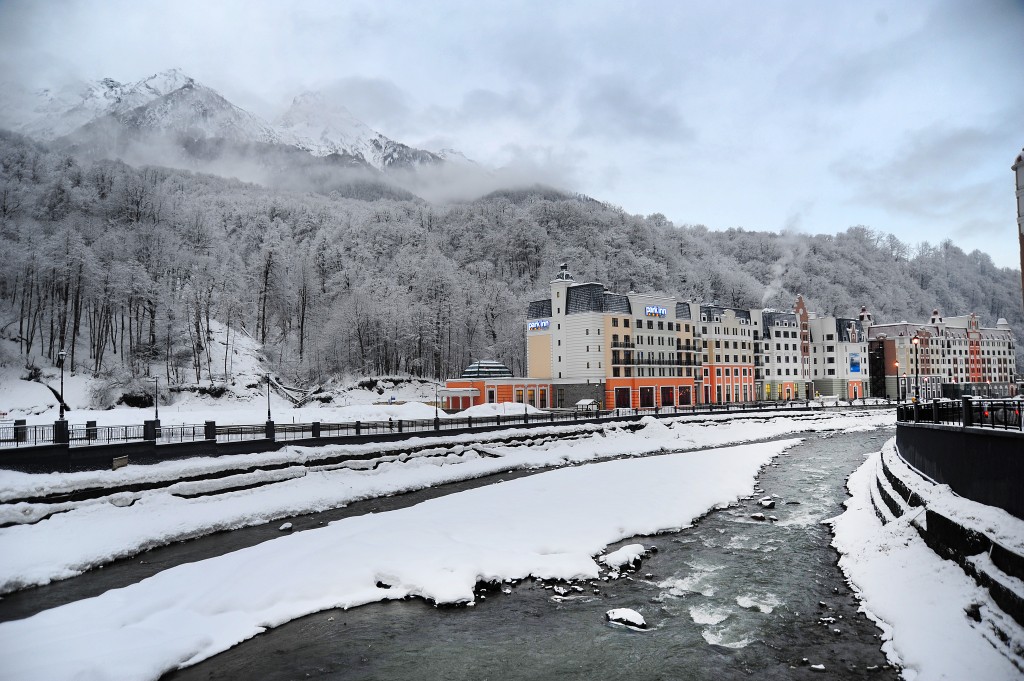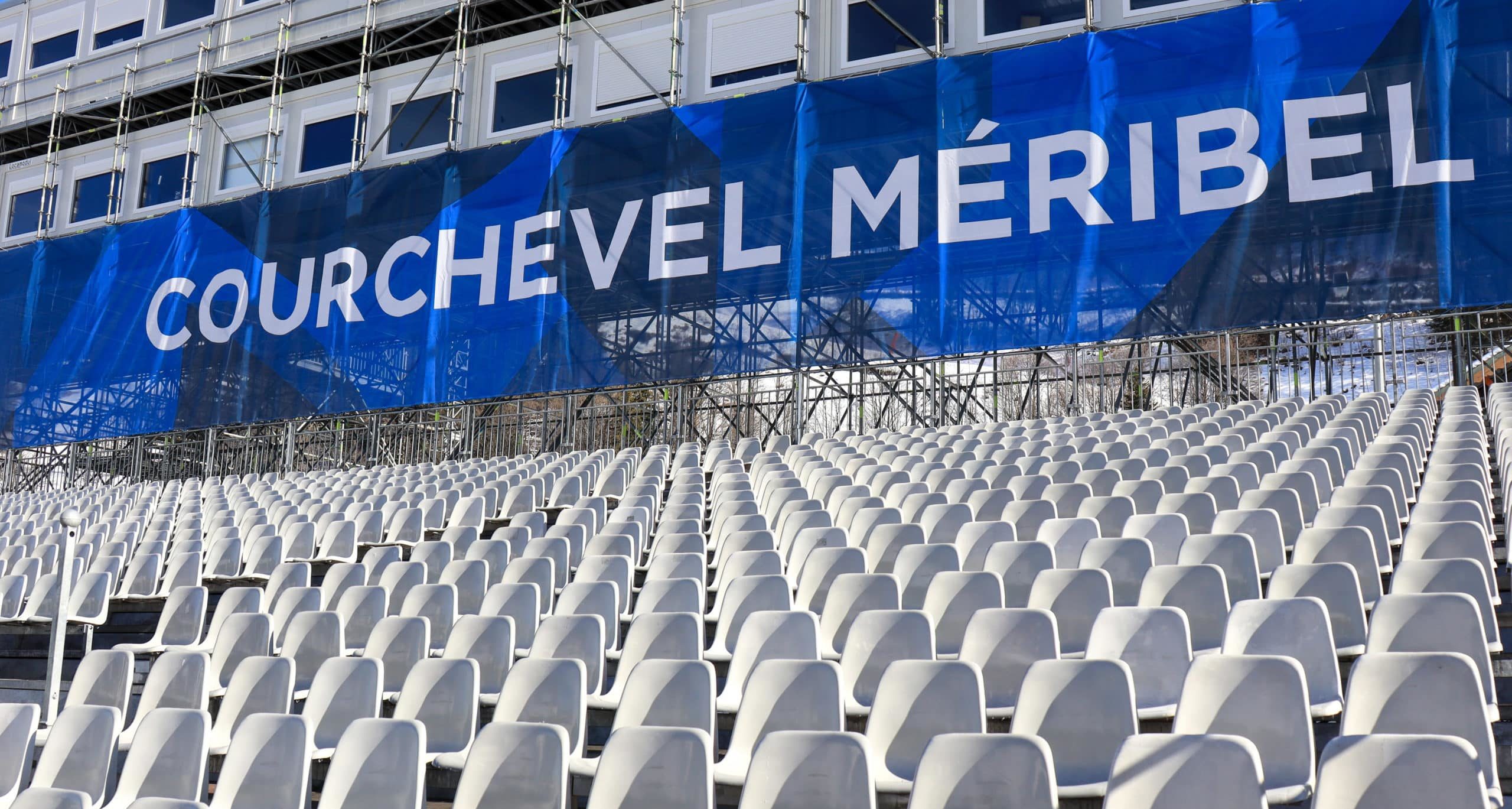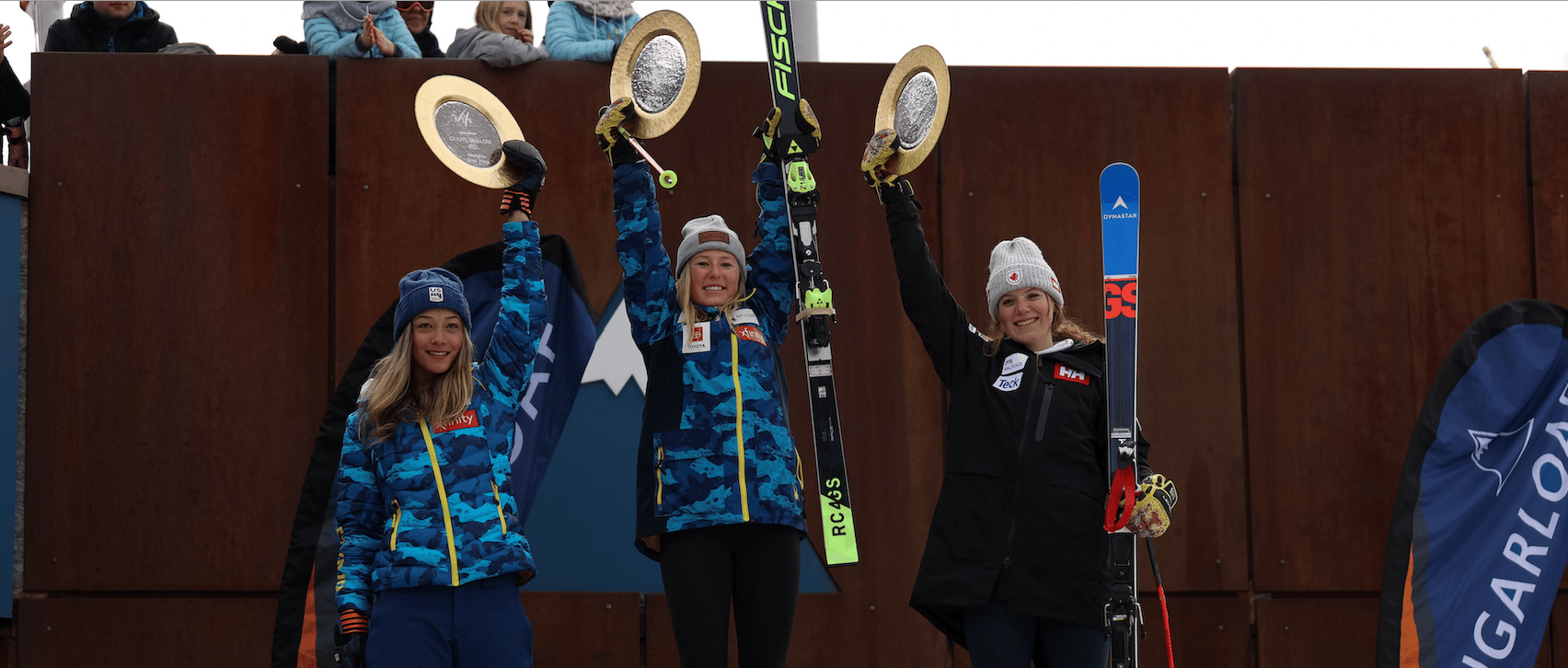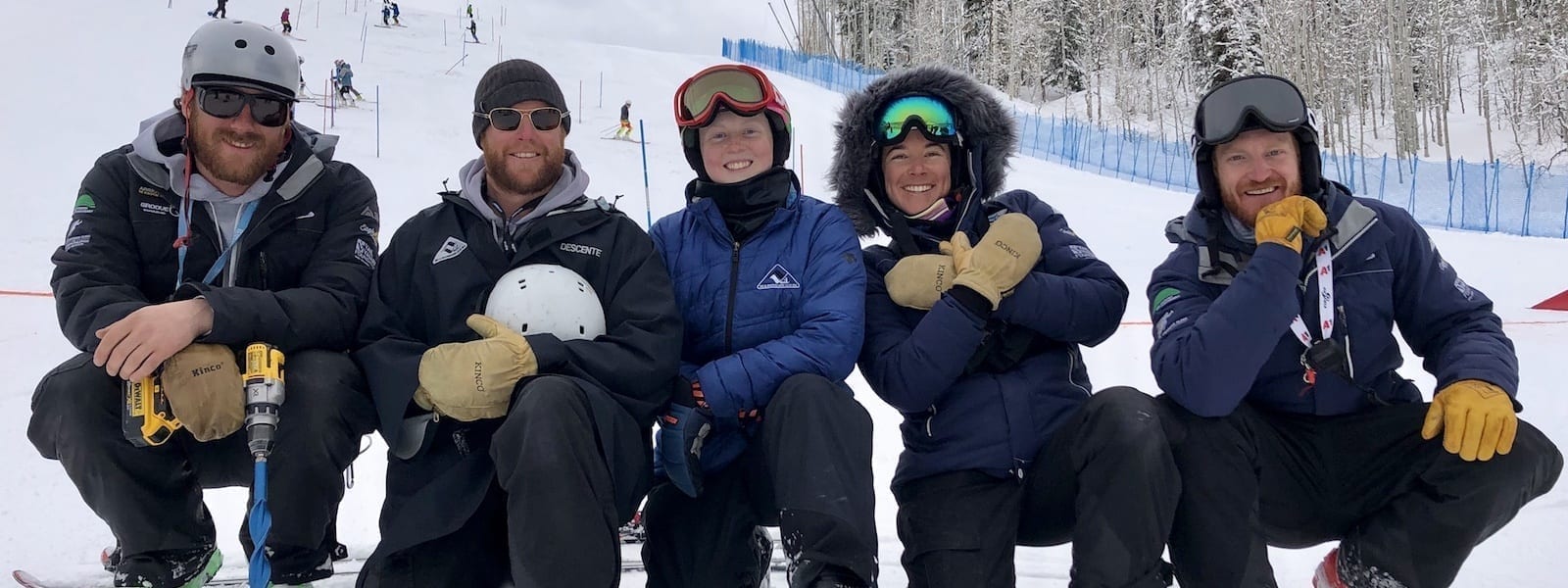Sochi-bound: Which US Ski Teamers are heading to the Olympics?
When it comes to predicting which U.S. Ski Team athletes will ultimately represent America at the Olympic Winter Games in the alpine disciplines, many selections are fairly obvious, but there are also some real uncertainties. The fact of the matter is you can sift through all the legalese and run potential scenarios until your head starts to spin, but at the end of the day, there is a considerable amount of discretion that will come into play in determining who will be racing in Sochi — at least when it comes to the less obvious spots.
The top two qualifiers in each event are objectively guaranteed a start in those events, and those first two picks are generally fairly predictable. It becomes slightly more controversial further down the totem pole, and those decisions will be made at the coaches’ discretion.
The U.S. Olympic alpine team will be named officially following the men’s and women’s World Cup races on Sunday, Jan. 26, so opportunities still exist for further qualification in several disciplines. We have devoted the next issue of our digital magazine to profiling the skiers who will represent the U.S., but readers have asked us to dust off our fortune teller’s crystal ball because, well, everyone is excited about the Olympics.
When it comes to determining exactly who will kick out on race day in advance of the official announcement, it’s important to remember we are dealing with two separate steps in the process: Firstly, an athlete must be selected to the Olympic Winter Games (OWG) Team. Secondly, that athlete must be chosen (or objectively selected by finishing in the top two positions) to start in a particular event. The objective criteria laid out by USSA has implications for both steps.
Before we dive into the objective criteria, there has been some misinformation circulating in the media about team size, which is critical to the conversation. The maximum alpine team size that can be allotted to any country is 22 athletes. Team sizes have not yet been finalized for any nation; however, the most recent FIS simulation (as of Jan. 16) awards the U.S. a total of 16 quota spots which may be filled by either male or female skiers. USSA expects this figure might creep up slightly prior to the Games, but for now, we’ll assume it sticks.
Below, we’ve simplified the objective criteria (and in doing so, we omitted some details especially with regard to tie-breaking, which we do not expect will be an issue based on U.S. results so far this season). For each discipline, selectors will work their way down the list until as many as three athletes are nominated to the OWG team (though only two for super combined). As previously stated, only the first two athletes are guaranteed to start the particular event.
• One or more top-three results in a World Cup
• One or more top 10 finishes
• World Cup points (only if fewer than two athletes have been selected)
• If and when team positions remain open, discretionary criteria will be used
Head spinning yet?
From the predetermined Olympic team, as many as four athletes for each gender may participate in each event. Some events — women’s speed for instance — will be easy to fill, others not so much.
It’s fair to say these objective criteria were quite optimistic on the part of USSA. The U.S. will not fill its entire Olympic team based solely on results. As a result, discretion will come even more into play.
Where do the women sit?
If selection happened today, here’s how the athletes would stack up.
On the tech side, obviously, Mikaela Shiffrin is a lock in slalom and GS. That should be self-explanatory enough.
With 25 slalom World Cup points, Resi Stiegler would have no problem sneaking onto the OWG team through the third criterion. She would also be assured a start in the slalom as the second-best objective qualifier, behind Shiffrin.
With 28 World Cup points in GS, Julia Mancuso would also get the nod based on the third selection criterion, and would be guaranteed a start in that event.
Speed will be slightly more competitive. In the super G, Leanne Smith with one top 10 (Lake Louise) will be nominated to the OWG team and guaranteed a start in that event. Stacey Cook would fill the second spot with 31 World Cup points through the third criterion. She would, as a result, also be guaranteed a start in the super G.
In the downhill, Julia Mancuso leads objective qualifying through the third criterion with 56 World Cup points, assuring her an Olympic berth and a start in that event, but this pick doesn’t affect the quota considering her nod in GS. Stacey Cook, although already invited to the OWG Team via super G, would also be assured a start in the downhill with 43 World Cup points.
The Americans have just one female World Cup finisher in the super combined this season, and she scored some points in the process. With 11 points, Laurenne Ross would get an invite to the OWG Team, as well as a guaranteed start in that event.
By our count, that makes six American women who would qualify to the OWG Team for the United States if the qualification period had already ended. As previously mentioned, there is currently a total team size of 16 allotted to the Americans — that could improve slightly — so let’s assume a few more Americans will ultimately get a discretionary nomination.
Julia Ford, Jacqueline Wiles and Katie Ryan have all been hammering away on the speed side of things; Ford gets the edge with 10 World Cup points, not that the objective criteria are binding at that point in the process.
On the technical side, there’s plenty of open space. Independent American racer Megan McJames holds 13 World Cup points in GS, putting her third in line behind Shiffrin and Mancuso in that event. Paula Moltzan started in both the Levi and Flachau World Cup slalom races this season; although she hasn’t qualified for a second run, she has demonstrated success on the NorAm circuit.
It’s also possible the men’s team could pick up some of those extra spots.
Which guys are gunning to go?
The closest any part of the men’s U.S. team has come to meeting criteria would be in GS where Ted Ligety and Bode Miller went one-two at Beaver Creek. They both meet the first criterion, one or more top-three results. Add in Tim Jitloff with a fifth at Alta Badia reaching the second criterion of a top 10. If coaches decide to fill out the men’s GS, the fourth choice would likely be Robby Kelley who recently scored World Cup points with his 28th at Adelboden.
Only David Chodounsky has collected a top-10 result in slalom. Ligety came close with 11th at Levi. No one else has scored a single point in slalom. If the U.S. fills its four allotted slots, the remaining two probably would have made the team via another discipline so that the selection does not eat up additional quota spots. Tim Kelley, an independent athlete who has shown recent promise on the Europa Cup circuit, has been slated for a slalom start in Wengen, which falls within the qualification window. Vancouver Olympian Nolan Kasper is still fighting hard for his first points of the season along with Colby Granstrom. Door’s wide open.
Miller, with a fifth at Val Gardena, and Travis Ganong, with a tenth at Bormio, are the only American males making the top-10 criterion in downhill to date. Erik Fisher and Marco Sullivan are tied for World Cup points at 27. There’s a potential full field.
Ligety with fifth at Beaver Creek and Miller with eighth at Val Gardena make criteria in super G. Ganong has gained 24 World Cup points in the discipline and would be the likely third choice. Andrew Weibrecht, the SG bronze medalist from Vancouver, would be next in line based on his 21 points.
Following today’s super combined in Wengen, Ligety leads the way to Sochi with a win. Now that the rule on the minimum number of required races to start in the Olympic SC has been loosened, Miller (defending gold medalist from Vancouver) hits the second criterion with his ninth, swallowing the other guaranteed start. Miller and Ligety already make the OWG Team from other discplines. But Jared Goldberg picked up his first points of the season with 20th in Wengen; if space allows, Goldberg may have garnered just enough attention from the coaches for a flight to Russia.
Keep an eye out for our full Olympic preview in Issue 7 of the digital magazine, due out Jan. 27.
Geoff Mintz, Hank McKee, and C.J. Feehan contributed to this story.






















